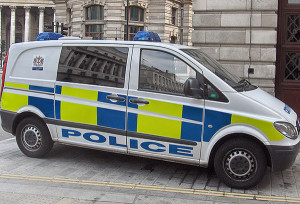Emergency Vehicles and How to Respond to Them
 This week, we’re looking at how you can help an emergency vehicle reach the scene of an urgent situation quickly and safely. Here’s IAM RoadSmart’s head of driving and riding Richard Gladman, to guide you through.
This week, we’re looking at how you can help an emergency vehicle reach the scene of an urgent situation quickly and safely. Here’s IAM RoadSmart’s head of driving and riding Richard Gladman, to guide you through.
- Whenever you hear the sound of an emergency siren mute your music so you can work out where the noise is coming from. Be prepared to plan your next manoeuvre if the emergency vehicle requires your help to get past.
- Be sure to pull over and stop where it is safe to do so, giving the emergency vehicle a wide enough berth. Make your intentions clear and certainly avoid blocking any major junctions or stopping in the middle of the road, on the brow of a hill or before a bend.
- Avoid stopping on kerbs, pavements and verges as they may mask hazards, damage your vehicle or put pedestrians at risk.
- The vehicle trying to pass may be a plain looking car with emergency warning equipment such as lights fitted to it – be prepared to assist in the same way.
- Going through a red light or using a bus lane to make way for an emergency vehicle is in fact breaking the law and cameras have no discretion. Avoid this at all costs and be sure to stop only where it is legal and safe to do so.
Richard said: “Emergency lights are not always easily visible and the sirens can be heard from different directions so be as vigilant as possible. Motorcycles are also used by all emergency services and they may be hard to see – be prepared to respond and plan your route before acting.
“To find out more about our advanced driving and riding courses take a look here: https://www.iamroadsmart.com/courses.”

